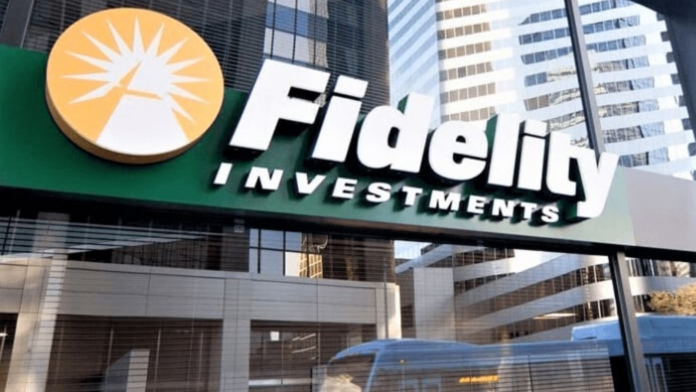As whispers of a Federal Reserve interest rate cut swirl, a ripple of excitement is coursing through the DeFi (decentralized finance) and stablecoin sectors. Fidelity, the esteemed asset manager, has put forth an intriguing forecast in their 2024 Digital Assets Look Ahead report. They speculate that this potential rate reduction could reignite institutional interest in these burgeoning financial technologies.
The 2024 forecast marks a significant pivot from 2023’s expectations. Last year, Fidelity had predicted a surge in institutional engagement with DeFi, lured by its attractive yields. However, the reality veered off course. With the Federal Reserve’s rate hikes, traditional fixed-income products became the sanctuary for risk-averse institutional investors. These were seen as safer harbors in a sea of uncertainty.
But 2024 could sing a different tune. Fidelity believes that should DeFi yields become more alluring than those of traditional finance, coupled with advancements in DeFi infrastructure, we might witness a renewed institutional flirtation with DeFi. It’s not just about higher returns; it’s about confidence in the system’s resilience and sophistication.
One of the hurdles DeFi has faced is its complex user interfaces and vulnerability to security breaches. These factors have made institutions think twice before diving into smart contracts and other DeFi offerings. However, should the DeFi landscape evolve to offer not only compelling returns but also enhanced security and user-friendliness, we may see a shift in sentiment.
Fidelity’s report doesn’t just spotlight DeFi. It also casts a hopeful gaze on stablecoins. These digital currencies, often pegged to the U.S. dollar, are gaining traction among institutional players. Fidelity points out that stablecoins could play a pivotal role in payments, remittances, and international trade, offering swifter and more cost-effective solutions than traditional financial avenues.
This growing interest is partly fueled by evolving regulatory landscapes and clearer frameworks that could provide the much-needed stability and trust in these digital assets. Moreover, as traditional finance entities explore stablecoins for settlement purposes, their legitimacy could further solidify.
Looking at market indicators, there’s already a buzz around stablecoins. The latter half of the previous year saw the supply of leading stablecoins like Tether (USDT) and USD Coin (USDC) increase – a trend reversal since the Terra collapse in May 2022. This uptick isn’t just a fleeting moment; it’s an indicator of the robust role stablecoins play in bridging traditional finance and cryptocurrencies.
Stablecoins have become indispensable in the crypto world. As William Quigley, a Tether co-founder, points out, they’re fundamental to DeFi applications and the overall liquidity of the cryptocurrency market. Without them, the vibrancy of crypto trading would likely diminish significantly.
In conclusion, the Federal Reserve’s interest rate decisions in 2024 could be a catalyst for a major shift in the financial landscape. If the rates dip, we may witness a resurgence of interest in DeFi and stablecoins from institutional investors. These digital asset classes, once viewed as too risky or complex, could become more appealing as their infrastructure matures and yields become more attractive. In this dynamic, ever-evolving world of finance, one thing is clear: the interplay between traditional financial policies and digital innovation continues to shape our economic future in fascinating ways.
















